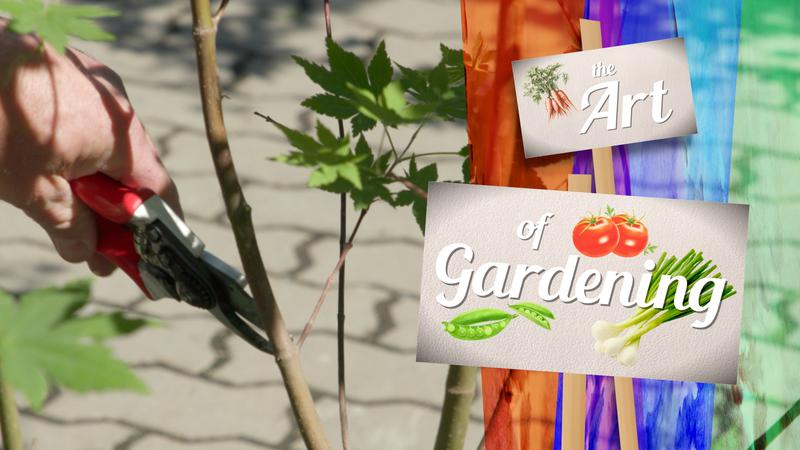
Report calls for increased collaboration and communication between province and Secwepemc communities
KAMLOOPS — On July 6th, 2017 about 2.5 kilometres southwest of Ashcroft, the human-caused Elephant Hill Wildfire started, which would burn for several months, destroy hundreds of structures, and consume more than 1,900 square kilometres of forest and grasslands.
On Monday, the Secwepemcul’ecw Restoration and Stewardship Society released their report on recovery from that fire – along with 30 ‘calls to action’ they’d like to see put in place to help make sure Secwepemc communities are involved in preparing for, fighting, and recovering from these wildfires.
It was one of the most destructive wildfires the Kamloops Fire Centre has ever seen. The Elephant Hill Wildfire affected thousands of residents in the Thompson Nicola and Cariboo Regional Districts, including members of eight First Nations communities.


